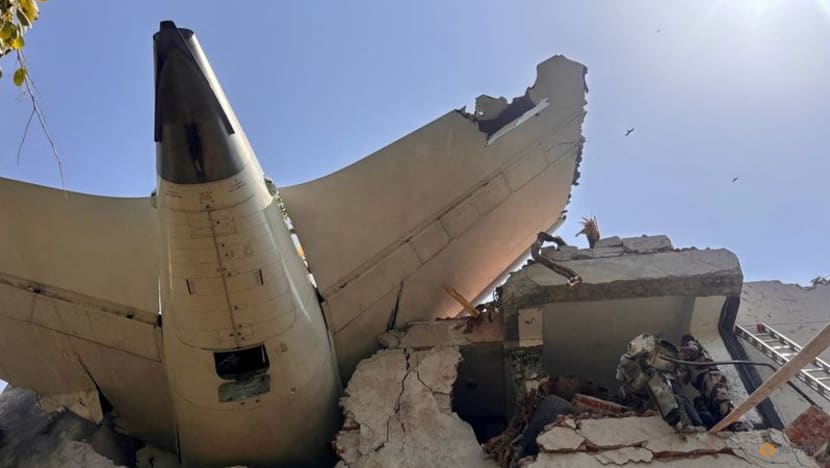

A preliminary report into the devastating Air India crash of June 12, 2025, which claimed 260 lives, has revealed a shocking detail: the engine fuel cutoff switches were moved from the "run" to the "cutoff" position moments before impact. The report, issued by India's Aircraft Accident Investigation Bureau (AAIB), indicates that this critical shift occurred just three seconds after takeoff, starving the engines of fuel and causing the Boeing 787 Dreamliner to lose thrust and rapidly descend.
The London-bound flight, originating from Ahmedabad, India, carried 242 people, including passengers and crew. Only one person, Viswashkumar Ramesh, survived the crash, which occurred in a residential area, also killing 19 people on the ground. The AAIB is leading the investigation into what is now considered the world's deadliest aviation accident in a decade.
The preliminary report highlights the confusion in the cockpit immediately following the fuel cutoff. According to the cockpit voice recorder, one pilot is heard asking the other about cutting off the fuel, to which the other pilot denies doing so. The report does not specify which pilot made which statement. This revelation has intensified the scrutiny on the fuel switches and how they came to be in the cutoff position. Experts say that a pilot would not be able to accidentally move the fuel switches. U.S. aviation safety expert, John Cox, told Reuters that the switches cannot be bumped and moved accidentally.
The fuel cutoff switches are designed to shut off the fuel supply to the engines, a procedure typically used after landing or during specific emergency situations, such as an engine fire. The report does not indicate any emergency that would have warranted such action. Investigators found the switches in the "run" position at the crash site, with indications that both engines had attempted to restart before the low-altitude crash. The preliminary report also mentioned that in the moments before the aircraft plummeted, the jet's emergency-power generator activated.
Several questions remain unanswered, fueling speculation and concern. How did the fuel switches end up in the cutoff position? Was it a mechanical failure, human error, or a deliberate act? If the switches were moved by a pilot, the question remains: why? The AAIB has not yet drawn any conclusions or assigned blame, but the focus is undoubtedly on understanding the circumstances surrounding the movement of these critical switches.
The incident has placed Air India under intense scrutiny. The European Union Aviation Safety Agency (EASA) is set to investigate Air India Express, the company's budget airline, following reports that the carrier did not adhere to a directive to replace engine parts on an Airbus A320 promptly and allegedly falsified records to indicate compliance. Furthermore, India's aviation watchdog had previously cautioned Air India for violating regulations concerning the operation of three Airbus planes with overdue checks on escape slides and had issued a warning in June regarding "serious violations" of pilot duty timings.
In the wake of the crash, Air India has stated its commitment to cooperating fully with the AAIB and other authorities in the ongoing investigation. The airline has also expressed solidarity with the families and those affected by the accident, offering support during this difficult time.
As the investigation progresses, the aviation community awaits further insights into the precise sequence of events that led to this tragedy. The analysis of the black boxes, which contain cockpit voice recordings and flight data, will be crucial in determining the cause of the crash and preventing similar incidents in the future.